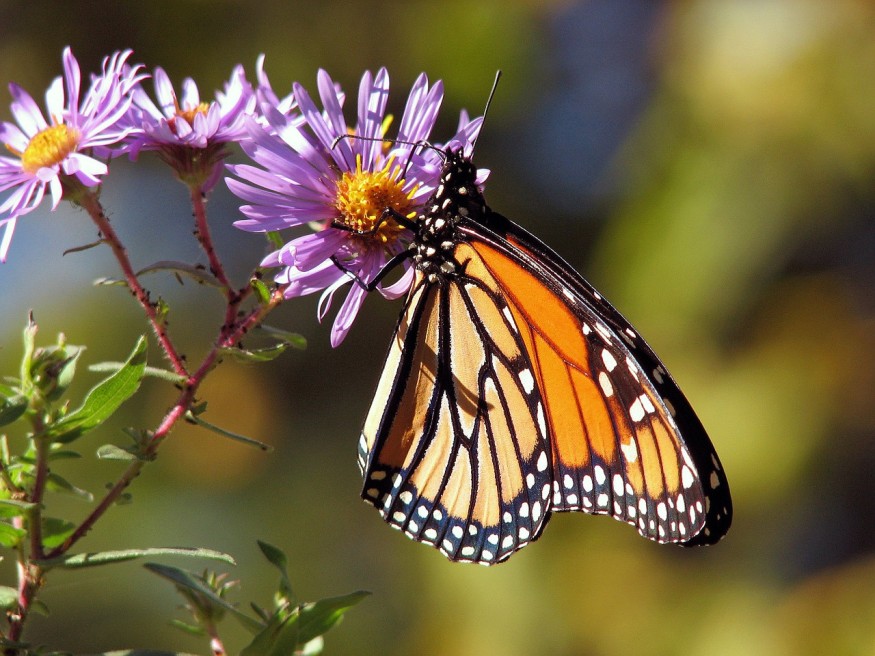Researchers at the University of Brasel found that the deposition of nitrogen, an element that is essential for plant growth, from agriculture and vehicle and industry emissions are endangering the butterfly species in Switzerland.
Today, over 50% of Switzerland's butterfly species are considered to be at risk or potentially at risk due to intensive agriculture, pesticide use, and climate change.
Professor Valentin Amrhein from the University of Bristol and colleagues have been investigating another factor that might cause the dwindling population of butterflies in Switzerland.
They believe that this is due to too much nitrogen from agriculture and exhaust fumes from industry, and traffic that is deposited in soil via the air. They published the full findings of their study, entitled "Negative effects of nitrogen deposition on Swiss butterflies," in the journal Conservation Biology.

Too Much Nitrogen Affects Diversity of Butterflies
Nitrogen is an essential element that promotes plant growth. However, previous studies claimed that having too much nitrogen could cause denser vegetation.
Researchers used the data available in Biodiversity Monitoring Switzerland to know the diversity and prevalence of plants and butterflies in Switzerland. They discovered that the more nitrogen introduced via the air, the less diverse the vegetation and the butterfly species are, Science Daily reported.
Long-term excessive nitrogen deposition and accumulation in soil or water could induce biodiversity changes through the food chain, affecting insects, birds, and other animals with specific diets when their main source of food is affected by nitrogen, according to World Wild Fund.
Dr. Tobias Roth, the lead author of the study, said that some caterpillars need certain species of plants or are dependent on a certain microclimate.
Therefore, the excessive amount of nitrogen adversely affects the prevalence of a large number of butterfly species in Switzerland. Researchers noted that the effect is much clearer on the rare and endangered butterfly species.
"Nitrogen from the air is likely to be an important factor in the reason why these species are endangered," Roth remarks as Science Daily quoted.
Upon review of related literature, researchers conclude that nitrogen enrichment in butterflies has been underestimated. Nitrogen, like other factors like climate change, plays a crucial role when it comes to butterfly diversity.
ALSO READ : Marine Nitrogen Cycle is Starting to Become Unstable Due to the Decrease in Oxygen Levels in the Ocean
No Easy Approach to Reduce Nitrogen Deposition
Industry Update reported that researchers did not find an easy solution to improve the situation, although technical improvement shows some potential. Ross explains that slurries were sprayed to farmlands in the past, but winds only carry them to other lands.
But in more recent times, drag hoses are being used to apply slurries to the soil, which reduces the influx of nitrogen deposition via air into other unwanted areas.
Moreover, buffer zones and adaptive landscapes could help partially improve the effects of too much nitrogen on sensitive habitats. This includes prevention of scrub invasion, like grazing and frequent mowing.
But researchers said that there is no way to avoid environmentally friendly consumer behavior when it comes to reducing vehicle emissions and livestock. About two-thirds of Switzerland's sensitive ecosystems are affected by ammonia emissions from livestock.
RELATED ARTICLE : Climate Change Leads To Butterflies Extinction
Check out more news and information on Butterflies in Science Times.










